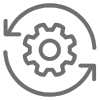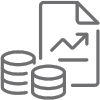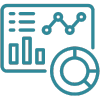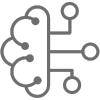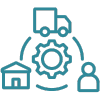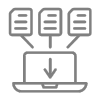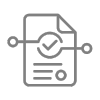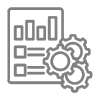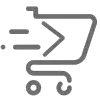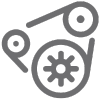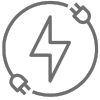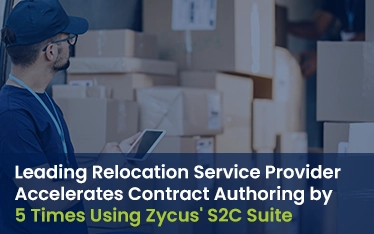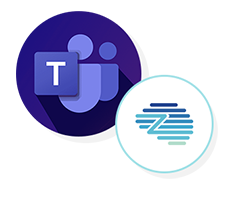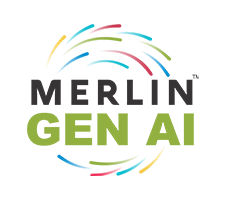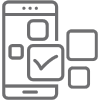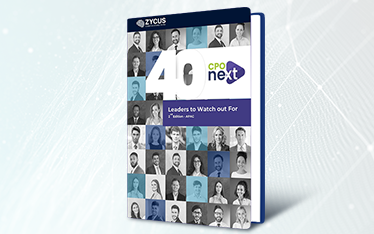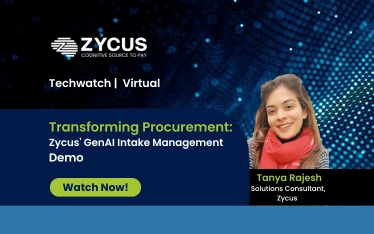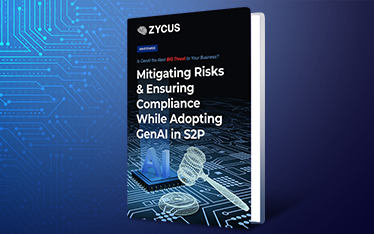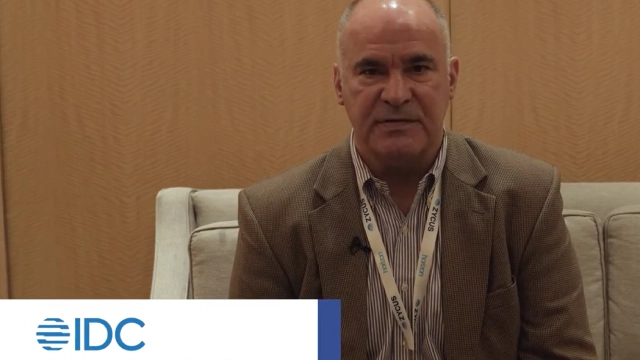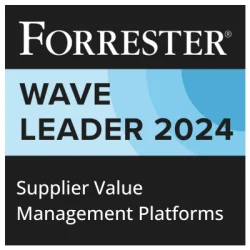In today’s dynamic business environment, optimizing the procurement process is paramount for organizations seeking to streamline operations, reduce costs, and enhance efficiency. Leveraging eProcurement solutions has emerged as a game-changer, offering businesses a strategic approach to procurement management. This comprehensive guide delves into the nuances of traditional procurement, the steps of the procurement process, the meaning, need and benefits of eProcurement along with features and key considerations for eProcurement software solutions, in order to optimize your procurement strategy – the starting point and a cornerstone for effective and successful procurement management.
What are the Key Components of a Procurement Process?
The procurement process encompasses a series of interconnected steps, the key components of the procurement process include the following:
- Identify the Requirement Identifying the organization’s procurement needs is the first and foremost step in the process. This involves assessing demand, specifications, and quality standards for the required goods or services.
- Identification and Qualification of Vendors Once the requirements are established, the next step involves identifying potential vendors and evaluating their capabilities, reliability, and track record. These are important steps of efficient and effective vendor management. Vendor qualification ensures that only reputable and reliable suppliers are engaged in the procurement process.
- Generating a Purchase Requisition (PR) Once reliable vendors are identified and qualified, a purchase requisition is generated to formalize the procurement request, outlining the details of the required goods or services, quantity, specifications, and budgetary approvals.
- Issuing an RFQ/RFP Request for Quotation (RFQ) or Request for Proposal (RFP) is issued to shortlisted suppliers, inviting them to submit competitive bids based on the specified requirements.Read more on: Reliable, Fast, and Precise: AI-Powered RFP Automation
- Evaluating Bids and Selecting the final Vendor The received bids are evaluated based on predefined criteria such as price, quality, delivery terms, and supplier capabilities. The selection process aims to identify the most suitable vendor offering the best value proposition.
- Creating a Purchase Order Once the vendor is selected, a purchase order is issued – a purchase order formalizes the transaction and also lists the terms and conditions of the order, the delivery date, the payment method and the payment terms.
- Receiving and Inspecting the Goods Once the goods are delivered, the received goods are inspected to ensure compliance with the specified requirements and quality standards.
- Processing the Invoice and making the Final PaymentThe received invoice is verified against the purchase order and goods receipt, following which payment is processed as per the agreed terms.
Now that we’ve understood the procurement process, let’s take a look at a digital and cognitive form of procurement reshaping the landscape – eProcurement.
What is the meaning of eProcurement?
eProcurement, or electronic procurement, refers to the digitization of the procurement process through the use of technology platforms, software applications, and digital workflows. It encompasses a range of functionalities, including eSourcing, eCatalog management, Purchase-to-Pay (P2P) automation, and Supplier Relationship Management (SRM).
What is the need for eProcurement?
Traditional procurement processes are often marred by inefficiencies, delays, and manual interventions, leading to increased costs and operational bottlenecks. This creates a need for an automated procurement solution. Let’s take a look at a few reasons that are contributing to the rising need for eProcurement among CPOs:
- Manual Paperwork: The reliance on paper-based documentation and manual processes results in inefficiencies and errors.
- Lack of Transparency: Limited visibility into the procurement lifecycle makes it challenging to track orders, monitor supplier performance, and enforce compliance.
- Fragmented Systems: Disparate systems and legacy software hinder seamless collaboration and data integration across procurement functions.
- Compliance Risks: Non-compliance with regulatory requirements and internal policies exposes organizations to legal and reputational risks.
What are the Benefits of eProcurement Solutions?
eProcurement solutions stand as a beacon of efficiency and strategic innovation for businesses across the globe. These digital platforms not only streamline procurement processes but also unlock a plethora of advantages that can significantly enhance operational effectiveness and competitive edge. From reducing procurement cycles and costs to improving supplier relationships and data-driven decision-making, eProcurement solutions offer a transformative approach to managing procurement activities. A few benefits of eProcurement solutions are mentioned below:
- Process Efficiency: eProcurement streamlines the entire procurement lifecycle, from requisition to payment, eliminating manual interventions and accelerating cycle times. Automated workflows, electronic approvals, and electronic document management enhance process efficiency and productivity.
- Saving Costs: By automating routine tasks, optimizing supplier relationships, and leveraging spend analytics, eProcurement drives cost savings across the procurement function. Bulk purchasing, supplier consolidation, and competitive bidding ensure optimal pricing and cost optimization.
- Improved Visibility and Control: Procurement platforms offer real-time visibility into procurement activities, enabling stakeholders to track orders, monitor inventory levels, and analyze spending patterns. Enhanced transparency and control empower organizations to make informed decisions and mitigate risks effectively.
- Compliance and Governance: Procure to pay software significantly enhance compliance and governance by integrating rigorous controls and audits into procurement processes, ensuring adherence to regulatory standards and internal policies. For instance, according to Secureframe, 19% of risk and compliance professionals have faced legal or regulatory action due to compliance issues, underscoring the high stakes of compliance management.
IDC Highlights Zycus AI: A Game-Changer in Procure-to-Pay Solutions
Discover why IDC, a leading global market intelligence firm, recognizes the transformative potential of Zycus AI Solutions in the procure-to-pay space. This video delves into how Zycus’s innovative technologies are revolutionizing procurement processes and driving efficiency in the Philippines and beyond. Watch the Video to Learn More!
What are the Key Features of eProcurement Platforms?
This section will explore the key features of eProcurement platforms, highlighting how they contribute to a more efficient, transparent, and controlled procurement process. The key features of eProcurement platforms are:
-
- Catalog Management: A centralized repository for managing product catalogs, pricing information, and supplier catalogs.
Explore Zycus Smart Catalog Management Software
-
- Supplier Portal: Self-service portal for suppliers to submit bids, update profiles, and track order status.
- Electronic Invoicing: Automated invoicing and invoice matching capabilities streamline the invoicing process and reduce payment cycles.
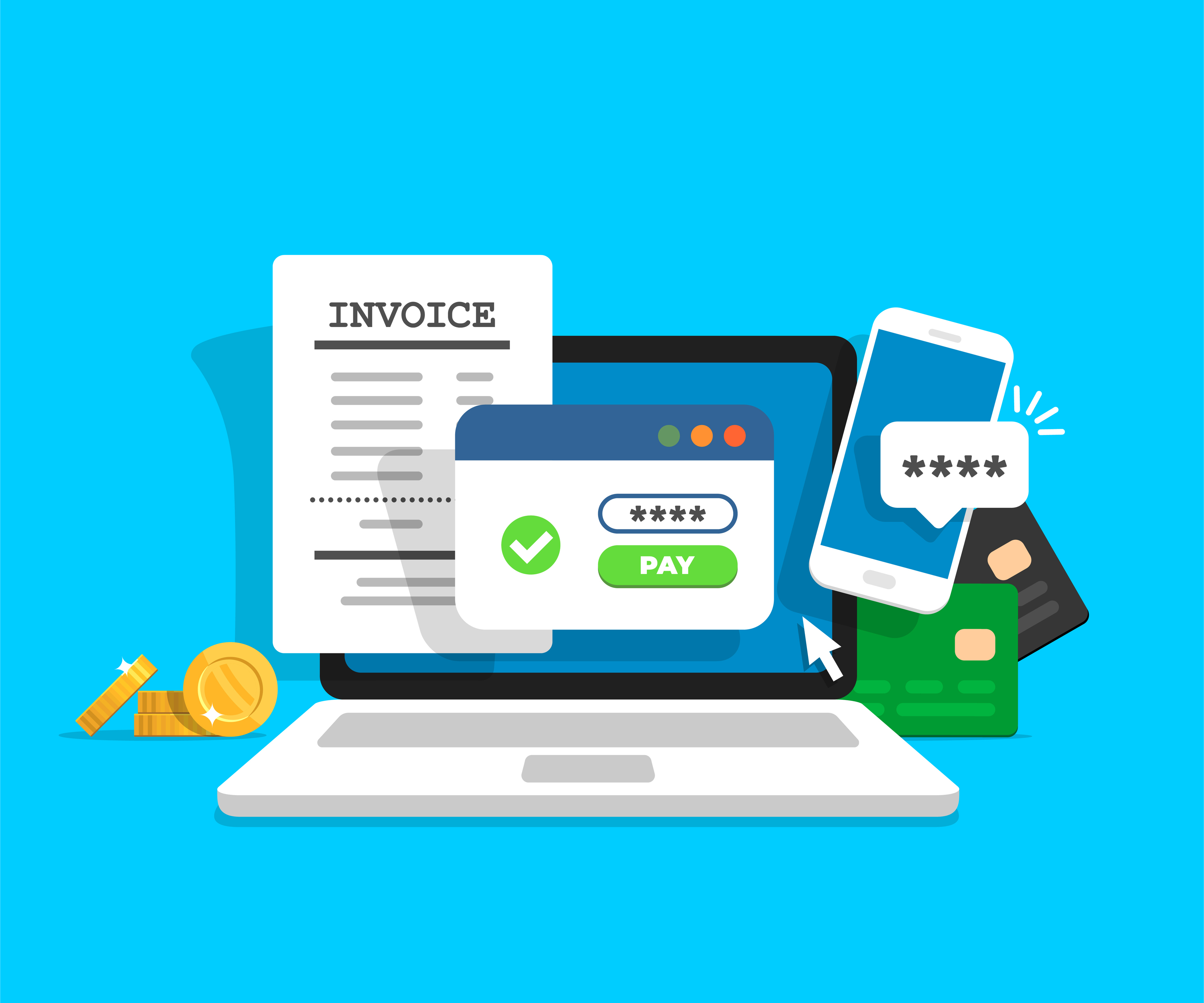
- Spend Analytics: Advanced reporting and analytics tools provide insights into spending patterns, supplier performance, and cost-saving opportunities.
- Integration Capabilities: Seamless integration with ERP systems, accounting software, and third-party applications for data synchronization and process automation.
What are Best Practices for Implementing eProcurement?
Implementing eProcurement in your organization is a strategic step towards modernizing purchasing processes and achieving greater efficiency and cost savings. This transition requires a thoughtful approach, from ensuring your organization’s readiness for change to defining clear objectives and engaging stakeholders. Below are best practices for implementing eProcurement in your organization.
-
- Check if your Organization is Ready for this Change Before implementing eProcurement solutions, organizations should assess their readiness in terms of technology infrastructure, organizational culture, and stakeholder buy-in. Conducting a thorough gap analysis helps identify existing challenges and define implementation goals.
- Define Clear Objectives and KPIs Establishing clear objectives and key performance indicators (KPIs) is essential for measuring the success of eProcurement initiatives. Whether it’s cost reduction, process efficiency, or supplier performance, defining measurable targets ensures alignment with business goals.
- Engage with Stakeholders and Provide Training to Employees: Effective change management is crucial for the successful adoption of procure to pay software. Engaging stakeholders, providing training programs, and fostering a culture of innovation encourage widespread acceptance and participation.
- Choose the Right Solution Provider: Selecting the right eProcurement solution provider is critical for long-term success. Evaluate vendors based on their industry experience, product capabilities, scalability, and customer support services.
- Monitor Solution Performance and Continuously Improve Regular monitoring of key metrics and performance indicators enables organizations to identify areas for improvement and drive continuous optimization. Soliciting feedback from users and stakeholders facilitates ongoing refinement and enhancement of eProcurement processes.
Conclusion
In wrapping up this guide on leveraging eProcurement solutions for procurement optimization, it’s evident that choosing a reliable partner like Zycus can significantly streamline and enhance procurement operations. Zycus’s comprehensive eProcurement solutions, designed to boost efficiency, ensure compliance, and foster strategic supplier relationships, are pivotal for modern businesses aiming to achieve procurement excellence. To experience the transformative impact of Zycus’s procure to pay software on your procurement processes, consider taking the next step by requesting a demo.
Related Reads:
- Your Guide to eProcurement
- The Role of AI in eProcurement
- Online Procurement
- How To Choose The Best eProcurement Platform For You
- Mastering Change Management in E-Procurement Software Implementation: Best Practices
- Research Report: Understanding E-procurement, Part 1- Quantifying the Benefits
- Research Report: Understanding E-procurement, Part 2- Critical Success Factors
- Podcast: Decoding the ForresterWave for eProcurement
- Press Release – Resort Lifestyle Communities Elevates Procurement and Supplier Management with Zycus’ AI-Driven Solutions
- Press Release – Leading Water Services Provider in Australia uplifts procurement process flows with Zycus





